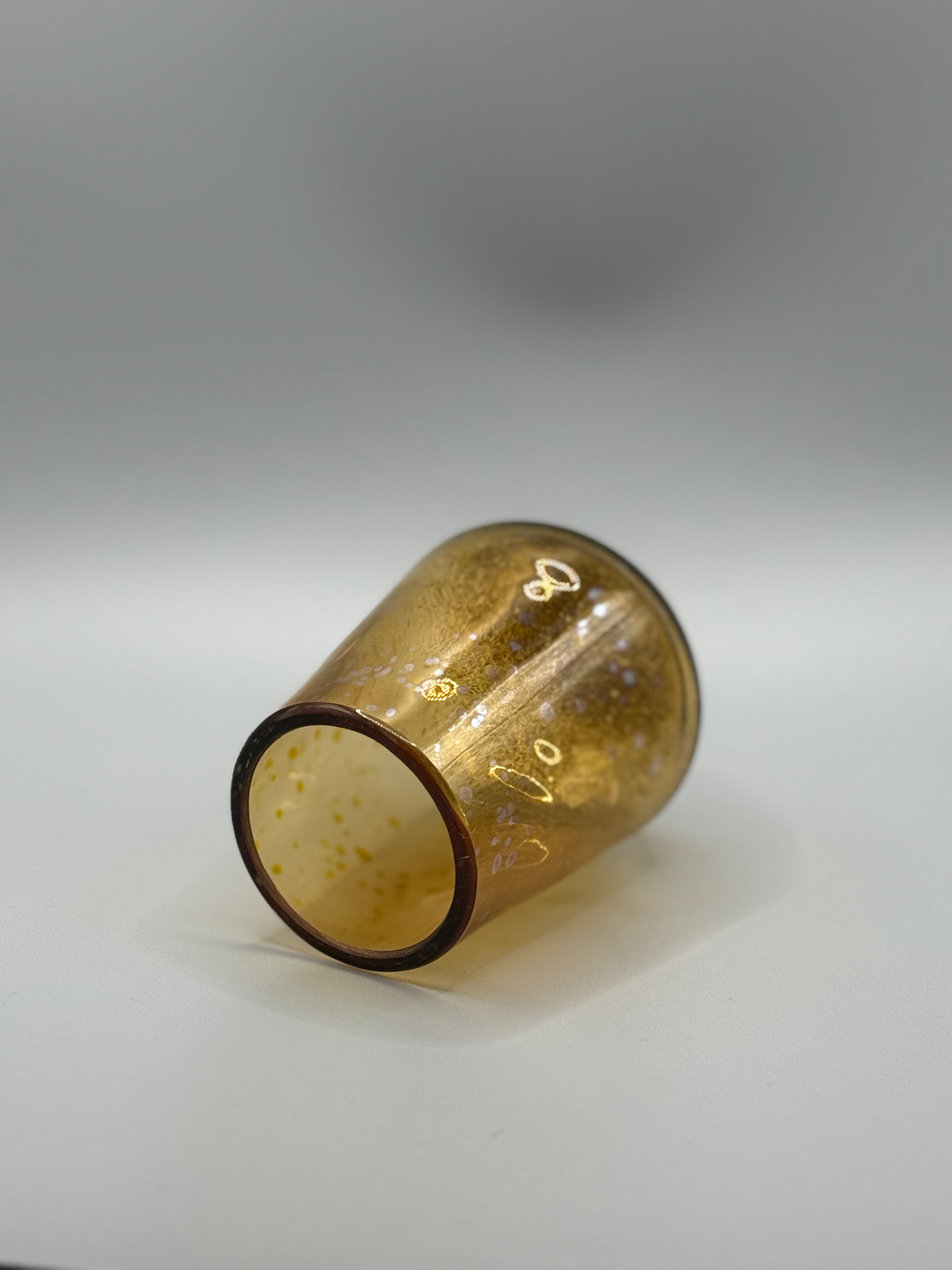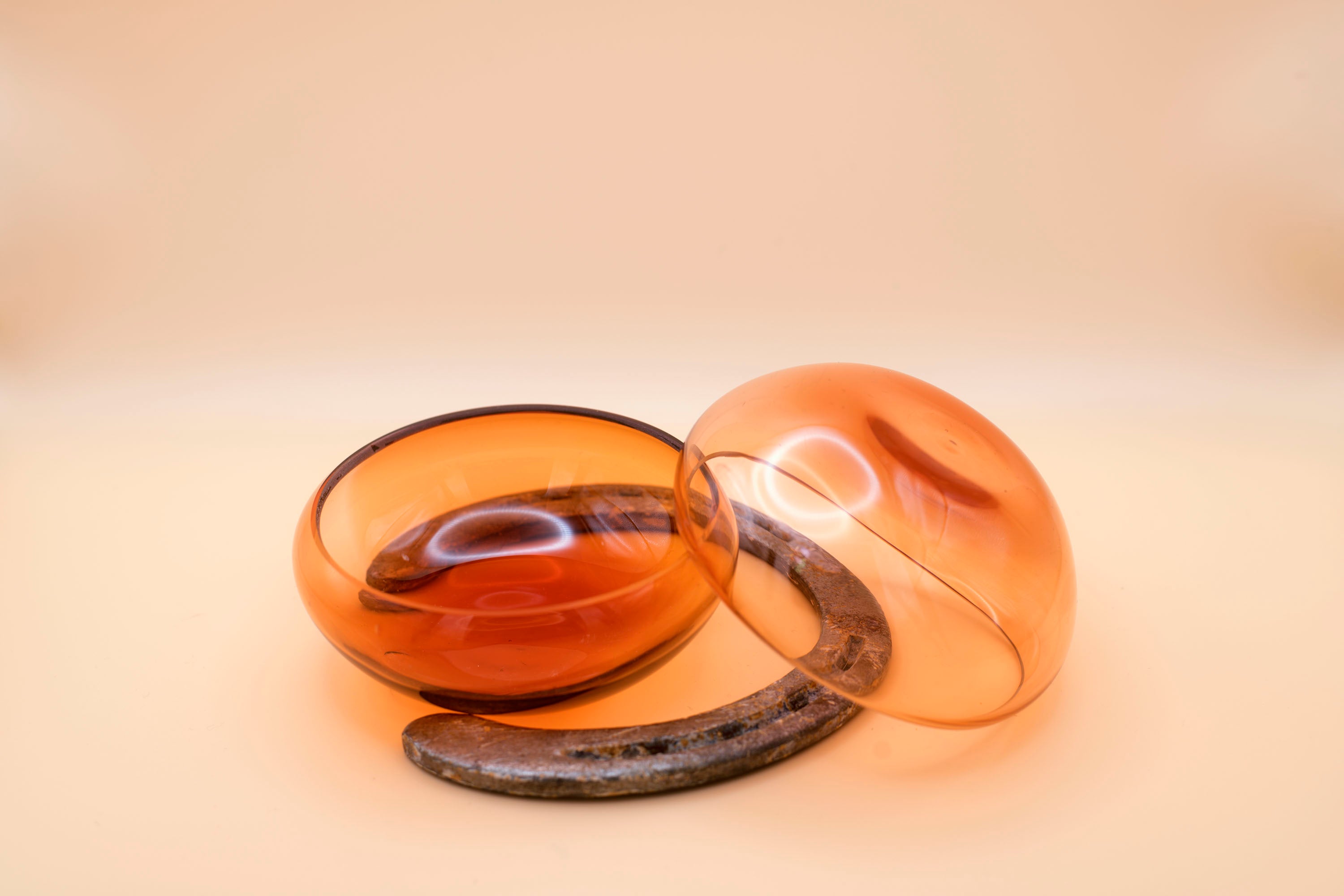Are you an aspiring horse girl looking to enhance your equestrian knowledge? Maybe a glass appreciator looking to understand more about horses? Understanding the different pieces and the importance of tack is crucial for both your understanding of the sport and your equine companion. Let's explore some essential tack items every horse girl should have in their tack shed.
What is Tack?
Tack refers to all the equipment used on a horse, including saddles, bridles, reins, bits, and more. It is essential for riding, training, and caring for your horse. Tack is a highly specific field that have experts who have learned how to fit both riders and horses with the right piece of tack. Tack is ultimately a communication line between the rider and the horse so creating the perfect communication line is essential for both horse and rider. In addition to finding the correct piece of tack, they need to be fitted properly for the highest return on performance.
There is a major distinction in the equestrian world when it comes to riding which is to ride in the style of English or Western. Both have their similarities to each other however they are different in many ways from each other. The next couple sections I will include some details about those differences that are reflected in the tack.
1. Saddle
The saddle is perhaps the most important piece of tack for any rider. It provides a comfortable and secure seat, allowing you to communicate effectively with your horse through your body position and leg movements. There are English saddles and Western saddles both developed over the many thousands of years of humans riding horses that serve different purposes and historical uses. English saddles are designed to be light and serve for sports such as showjumping, dressage, hunter (another form of jumping), and cross country. Western saddles were developed with the agricultural and long distance riders in mind. There is a horn on the saddles that can be used to wrap your lasso rope around and have long leather tassels to attach bags to. Western saddles are generally much heavier and is a much bigger saddle that elongates the leg to make it more comfortable for long rides.

2. Bridle
A bridle consists of the headstall, bit, and reins. It is used to communicate with the horse while riding. There are literally hundred if not thousands of bits and bridle styles to choose from in each discipline of riding. Growing up, when I was riding horses we had a set of tack for each style of riding and the bridle was no exception. Generally speaking English and Western bridles are similar with the three main components however, they are very different when examined more closely. English bridles tend to have a lot more straps such as nose bands, throat latches, and less complex types of bits. Western bridles are generally simple but have more complicated and often more harsh bits.

3. Girth
The girth is the strap that goes under the horse's belly to secure the saddle in place. It is essential for keeping the saddle stable while riding. Make sure the girth fits properly to prevent discomfort for your horse and to keep the saddle from sliding. When I was a kid, my horse would hold his breath and puff up his lungs when I went to tighten the cinch (a leather strap that holds the girth on to the saddle) thus making it a little loose. Before riding, I would have to tighten it quickly so that it wasn't too loose. Well, one day I forgot to do that and we were doing 1 foot - 2 foot jumps and as we were landing the jump, the saddle slipped suddenly and I quickly found myself banged up in the metal fencing. Always check your girth tightness or you too will make friends with a steel bar.
4. Stirrups
Stirrups are where you place your feet while riding. They provide stability and support for the rider. The balls of the riders feet should be centered on to the stirrup bar and ankles pointed down, toes high. This is important for balance and equitation (the form a rider's body should look like for proper riding technique). If you reference the photo earlier of the two saddles, you'll notice that the stirrups are very different shapes but functionally operate the same. The major difference between English and Western riding is the length of the stirrups because of the different needs of each discipline. An english saddle is possible to travel long distances in but the stirrups would get lowered a little to allow the legs to not exhaust as quickly.
5. Bell Boots and Polo Wraps
Bell boots and Polo wraps are used to protect the horse's legs during riding or training. They can provide support and low impact injuries (small rock that got kicked or a hoof grazing). Polo wraps are used more for keeping the horses ligaments and tendons in line and to promote circulation in the legs. Generally, this is more of an English riding practice to utilize bell boots and polo wraps.
6. Saddle Pad
A saddle pad goes under the saddle to provide cushioning and protect the horse's back. It helps distribute the rider's weight evenly and prevents rubbing. An English saddle pad resembles a thick, quilted blanket that takes a rectangular shape or one that mirrors the shape of the english saddle. The saddle pads do not need to be as thick since the saddles are light weight which results in less pressure on the horses back. Western saddle pads are usually thicker rectangles made with sheepskin (or a synthetic replacement) and a woven layer on top. The thicker material helps keep the heavy saddle's pressure points from digging into the horses back.
All saddle pads come in a variety of colors and patterns and it often the more popular item to get fun and creative with.
Equipping yourself with the right tack is essential for a successful and enjoyable riding experience. Invest in quality tack that fits well and is appropriate for your horse's needs. Your horse will thank you for it!









